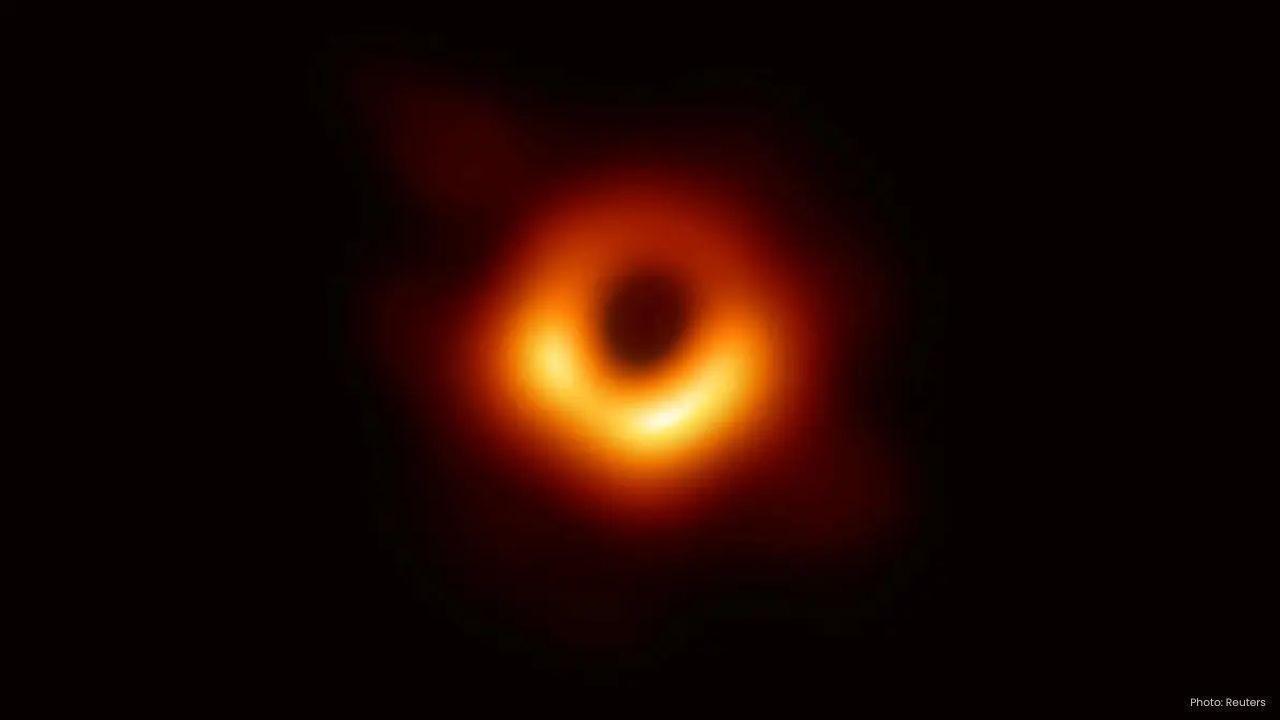
Post by : Bianca Haleem
Bengaluru: A pioneering investigation by the Indian Institute of Astrophysics (IIA) reveals that supermassive black holes positioned at the centers of galaxies can significantly impede the formation of new stars, altering our comprehension of galaxy evolution.
Originating from an observatory established in 1786 in Madras and subsequently relocated to Kodaikanal in 1899, the IIA has consistently led astronomical research in India. Utilizing state-of-the-art observational techniques, the institute is shedding light on one of the universe’s enigmatic phenomena.
The research concentrates on active galactic nuclei (AGN) — highly energetic centers of galaxies fueled by material falling into supermassive black holes that can be millions of times the mass of the Sun. These regions release intense radiation and frequently showcase high-speed jets that can dramatically alter their vicinity.
Professor C S Stalin, a co-author of the study, pointed out that advancements in instruments like integral field spectroscopy made this research feasible. “These technologies enable us to examine regions on an exceptionally small scale that traditional imaging couldn't clarify, allowing us to delve into the intricate connection between AGN and their host galaxies,” he stated.
The research team assessed a dataset of 538 AGN, integrating optical data from the Sloan Digital Sky Survey (SDSS) alongside radio observations from the Very Large Array (VLA). This multi-wavelength strategy revealed distinct patterns: radiation and jets from black holes can propel substantial gas outflows, effectively denying galactic centers the essential materials required for star formation.
Lead researcher Payel Nandi highlighted the scale and comprehensiveness of the study. “Earlier studies were limited to single galaxies or small samples. By systematically analyzing hundreds of AGN, we discovered robust trends linking black hole activity, gas outflows, and the inhibition of star formation,” she noted.
The results indicate that high-speed gas outflows are observed more than twice as frequently in galaxies exhibiting detectable radio emissions (56%) compared to those that do not (25%). This points to the influential role of black hole-driven feedback in regulating galaxy growth and evolution.
“This research provides a clearer understanding of why certain galaxies cease star formation while others continue to flourish,” Nandi added. Additionally, the study underscores the necessity of integrating data from multiple wavelengths to wholly grasp the forces influencing galaxy structures.










NBA Friday Highlights: Miami, Lakers, Milwaukee, and Clippers Triumph
Miami, Lakers, Bucks, and Clippers secure victories in thrilling NBA Friday games with standout perf

Doncic Dominates with 49 Points as Lakers Defeat Timberwolves 128-110
Luka Doncic scores 49 points to propel the Lakers past the Timberwolves 128-110; Reaves and Hachimur

Kings Narrowly Defeat Jazz 105-104 with Sabonis' Late Heroics
Domantas Sabonis' last-minute shot secures a thrilling 105-104 win for the Kings against the Jazz in

Argentina's Friendly Match with India Delayed, New Date to be Announced
Argentina's friendly against India in Kochi is postponed; a new date will be confirmed soon due to F

Rohit and Kohli Conclude ODI Journeys in Australia with a Win
Rohit Sharma and Virat Kohli close their ODI chapter in Australia with a win, partnering for an unbe

George Russell Dons Lucha Libre Mask at Mexican Grand Prix
George Russell sported a Lucha Libre mask to experience the Mexican GP stands while rookie Fred Vest